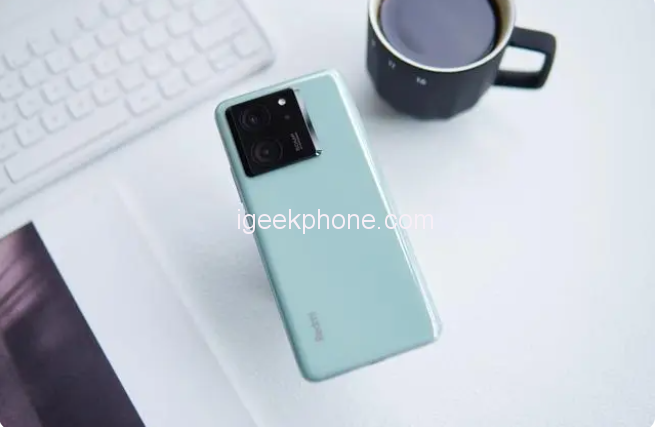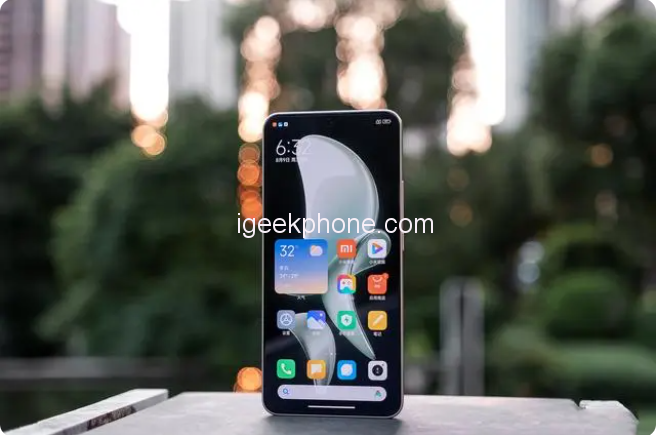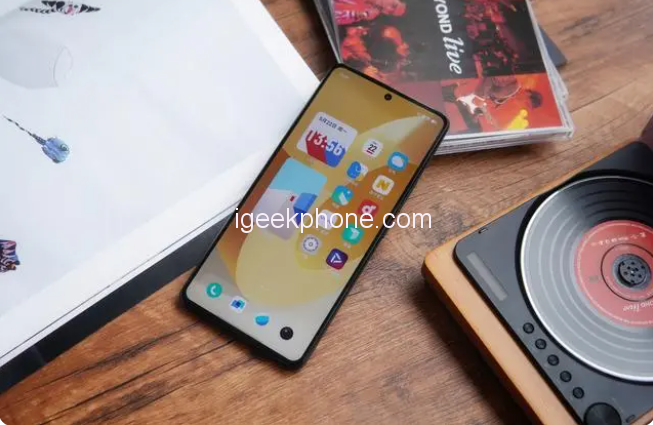The iQOO Neo 8 Pro and Redmi K60 Ultra both feature the Dimensity 9200+ processor. Their prices are nearly identical, and their configurations are relatively similar. However, it is recommended to give priority to the iQOO Neo8 Pro.
Regarding hardware, both models are equipped with the MediaTek Dimensity 9200+ processors. The Redmi K60 Ultra, released later, has more mature performance tuning. It benefits from the X7 independent display chip, which improves game frame insertion and impacts video quality to some extent. On the other hand, the iQOO Neo8 Pro utilizes the V1+ imaging chip to achieve similar display effects. It supports dual pressure sensitivity under the screen and dual X-axis motors, providing a gaming experience comparable to the Redmi K60 Ultra.
In terms of display quality, the Redmi K60 Ultra takes a slight lead. The iQOO Neo8 Pro boasts a 6.78-inch OLED screen with a 144Hz refresh rate, 2800X1260 resolution, 1.07 billion colors, and 2160Hz high-frequency PWM dimming. Similarly, the Redmi K60 Ultra features a 6.67-inch OLED screen with a 144Hz refresh rate, 12-bit color, 2880Hz high-frequency PWM dimming, and a peak brightness of 2600nit. The Redmi K60 Ultra excels in color, brightness, and eye protection, making it more user-friendly.
Moving to cameras, the iQOO Neo8 Pro lacks one macro lens compared to the Redmi K60 Ultra. However, this lens primarily serves a decorative purpose rather than a functional one. The Redmi K60 Ultra sports a 20-megapixel front-facing selfie camera and a rear setup with a 50-megapixel main camera, an 8-megapixel wide-angle lens, and a 2-megapixel macro lens. In contrast, the iQOO Neo8 Pro features a 16-megapixel front camera and a rear Sony IMX866V sensor 50-megapixel main camera with an 8-megapixel wide-angle lens. While their lens specifications are close, the Redmi K60 Ultra’s color style differs. In well-lit conditions, both models perform similarly, but the Redmi K60 Ultra struggles with highlights in night scenes. With its extra imaging chip, the iQOO Neo8 Pro achieves more natural and true-to-life imaging.
Both the iQOO Neo 8 Pro and Redmi K60 Ultra share a 5000mAh battery with 120W flash charging, ensuring balanced battery life and charging performance. Notably, the iQOO Neo8 Pro is slimmer and lighter with a pleasant texture. In contrast, the Redmi K60 Ultra adds the advantage of IP68 dust and water resistance.
In conclusion, after the price reduction of the iQOO Neo 8 Pro, its value aligns closely with that of the Redmi K60 Ultra in terms of storage. It holds advantages in gaming and camera capabilities, resulting in a higher current price-performance ratio. On the other hand, the Redmi K60 Ultra shines in screen quality and waterproofing. Users seeking these features should consider it.
Read Also: Redmi Note12 Turbo VS Redmi K60E Quick Comparison Review









